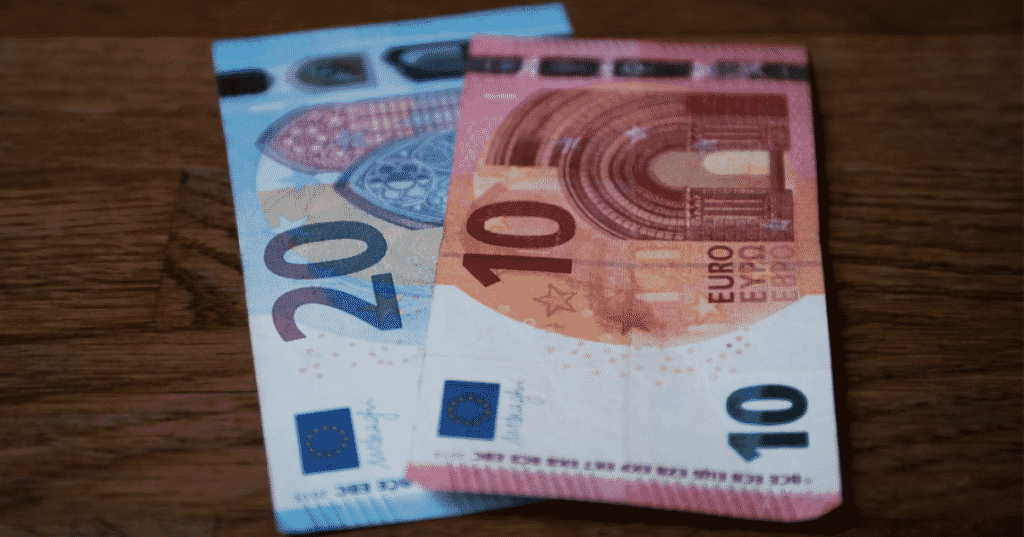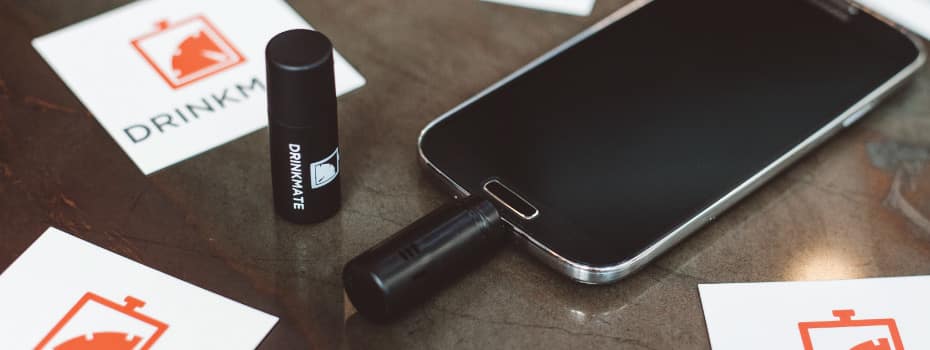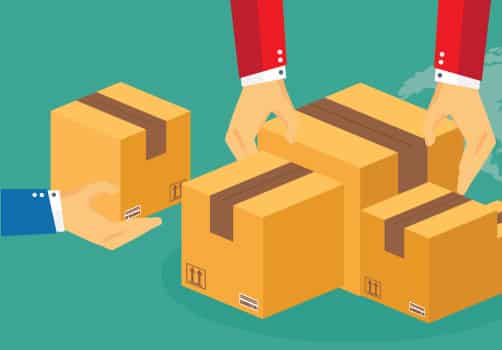Every Friday, we answer a common question about fulfillment, shipping, or business. This week’s question comes from one of the TV fans who entered our giveaway contest for a smartwatch. Today we will answer the following question: “are customs and VAT the same thing?”
Customs and VAT are Not the Same!
Are customs and VAT the same thing? In short, no. Alright, end of article!
While customs and VAT are different concepts, this question is actually a pretty nuanced one. We’ve written a bit previously on how these charges work, but it bears mention again simply because this question is such a common one.
Customs duties are tariffs or taxes imposed on goods when they cross international borders. There a number of reasons why countries may choose to charge customs duties: protectionist trade policies, controlling the flow of certain goods in and out of a country, and so on.
Customs duties are based on the type of good being imported or exported. Every type of goods has a unique tariff code, which you can find here. The rates differ on the type of good being shipped.
Value-added taxes, or VAT for short, apply to goods differently. Value-added taxes apply any time a good’s value increases on the amount that the good’s value increases by. You can read more about that concept here.
When Will You Be Charged?
For the purposes of international shipping, you can assume that customs and VAT are charged when your goods cross the border. A handful of criteria must be met before you have to pay customs or VAT, though.
- The value of the goods shipped must exceed the de minimis customs and VAT values. Otherwise, the importing country will not charge customs or VAT.
- The goods must be taxable. Some are not.
How to Plan Ahead
We won’t get into the complexity of freight shipping for the purposes of this article. If you want to read more about that subject, check out our article on incoterms.
If you ship a product internationally and customs or VAT fees apply, one of two parties has to pay. It’s either going to be you or your customer. If you don’t make specific arrangements to handle these charges ahead of time, assume that the customer will be paying them.
Your customers paying customs and VAT sounds bad, but a lot of times, it isn’t. Some customers, especially in faraway countries, have come to expect this. They say “this is just what happens when you buy items online.” For others, being charged customs is really off-putting. You have to know your audience.
Fortunately, the shipping world has made great strides in handling these fees in recent years. There are services, such as one we offer – Asendia Tracked Duties Paid – allow you to pay the fees in advance on your customer’s behalf. Naturally, this provides a much better customer experience.
Final Thoughts
Knowing the subtle difference between customs and VAT will prepare you for shipping internationally. Being aware of both types of charges, how they work, and when they apply helps you to plan around fees. With a little forethought, you can save money and create a better customer experience 🙂
You’ve done everything by the book. Your Kickstarter campaign is almost ready to launch.
You made a great product. Built an audience. Set up a campaign page.
But how do you ship it?
We put this checklist together to help you get started. It's free.





